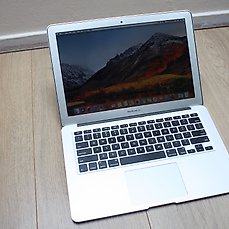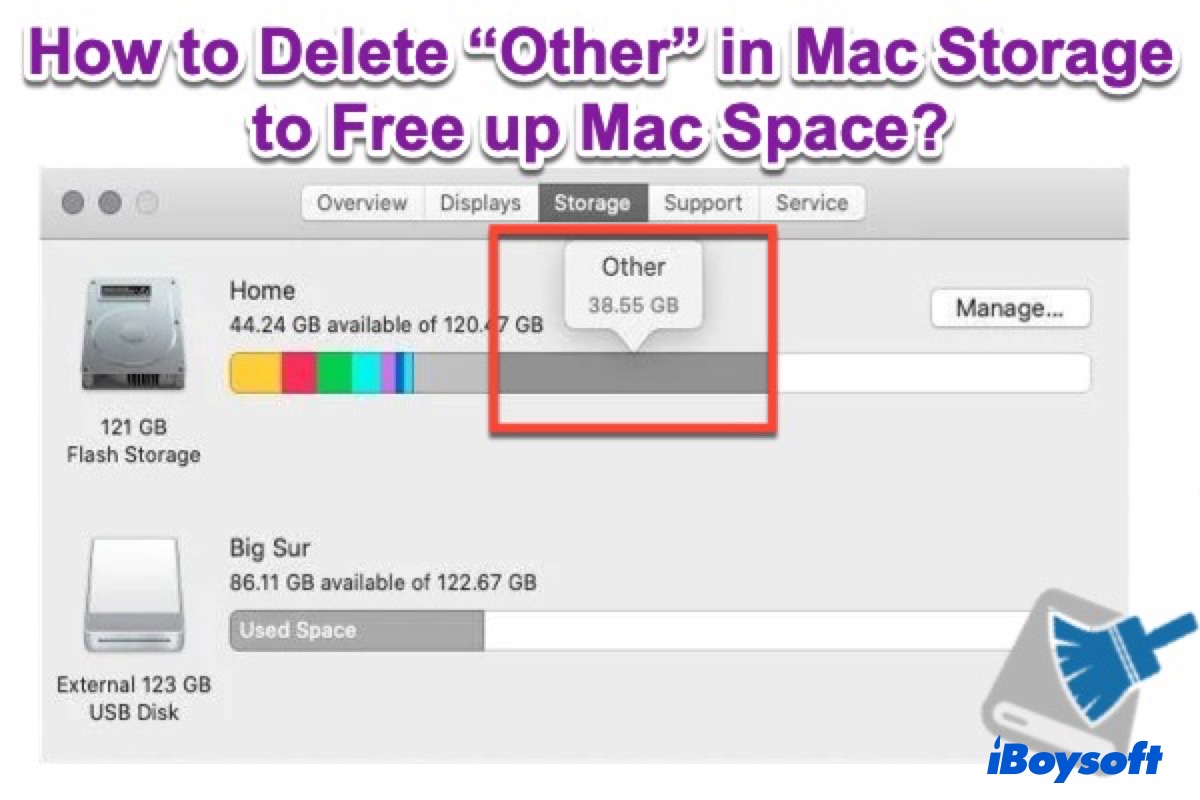
- #Is using 120 gb of my hard drive for macbook air a lot upgrade
- #Is using 120 gb of my hard drive for macbook air a lot software
#Is using 120 gb of my hard drive for macbook air a lot software
Software: The best SSDs come with free data-migration software that can help you transfer your operating system and apps to a new drive without having to start fresh. Although most people will never get anywhere near that limit during the normal lifetime of a drive, higher endurance is a plus. This rating is higher for larger drives since they have more flash-memory cells to write to for 500 GB drives, a rating of 300 TBW is fairly common. Durability: You can write to flash-memory cells only so many times before they wear out-manufacturers express this as TBW, or the minimum number of terabytes that can be written before the drive will fail. A decent warranty: Most SSDs come with five-year warranties, and there’s no good reason to settle for anything shorter. Although 1 TB drives usually offer better performance and cost a little less per gigabyte than 500 GB drives, they’re still overkill for most people unless you’re routinely installing lots of huge games at once or working with large photo and video files. Capacity at or above 500 GB: For most people, 500 GB offers the best mix of value, capacity, and speed. We checked reviews to make sure that the drives hit their advertised performance figures and that they would continue to feel speedy over time. Performance: Speed is the main reason to buy an SSD, after all. A good price: More-expensive SSDs are often better SSDs, but you shouldn’t overpay to get extra performance or other features you likely wouldn’t notice or use. 
(These drives are relatively rare, and none of our picks come in an mSATA variety, but right now we’d recommend the Kingston KC600 to people who need one.)

If you have a laptop made between approximately 20 and it doesn’t contain a 2.5-inch hard drive, you may need an mSATA drive. mSATA SSDs look a bit like shorter, wider M.2 drives.

M.2 SATA SSDs used to be good budget options for any computer with an M.2 slot, but modern NVMe drives cost roughly the same and perform much better-use an M.2 SATA SSD only if you have to. M.2 SATA SSDs use the same connector as M.2 NVMe SSDs, and some computers that can use NVMe drives can also use M.2 SATA drives.
#Is using 120 gb of my hard drive for macbook air a lot upgrade
SATA (which refers to both the connector type and the interface protocol, in this case) is older and slower than NVMe, but SATA SSDs are still noticeably faster than SATA hard drives, and they’re a worthwhile upgrade for most computers built after 2011 or 2012.
2.5-inch SATA SSDs are made to fit into older or cheaper laptops that use a 2.5-inch spinning hard drive, or older desktops that lack a slot for M.2 drives. Because NVMe drives (as explained in this video) use the PCI Express (PCIe) interface to communicate with the rest of your computer, a typical NVMe SSD can be as much as six or seven times faster than SATA drives (depending on the drive you get, and what you’re doing). M.2 refers to the type of connector they use, and NVMe is the interface protocol they use. M.2 NVMe SSDs (referred to throughout this guide as “NVMe SSDs”) are gumstick-shaped drives that fit in newer laptop or desktop computers and on most motherboards you can buy to build your own desktop PC.







 0 kommentar(er)
0 kommentar(er)
